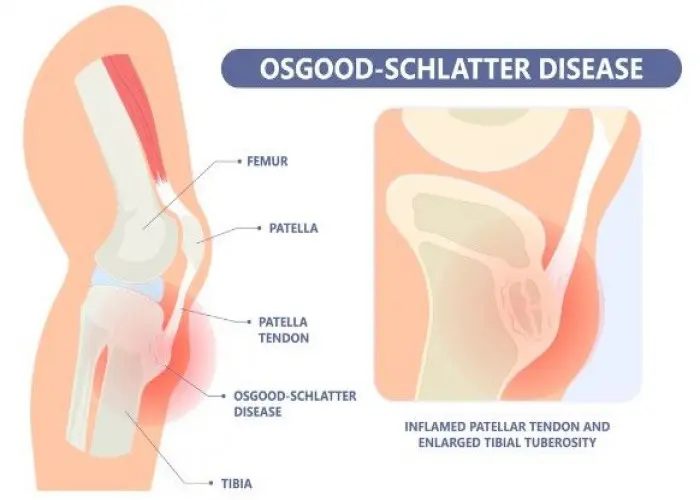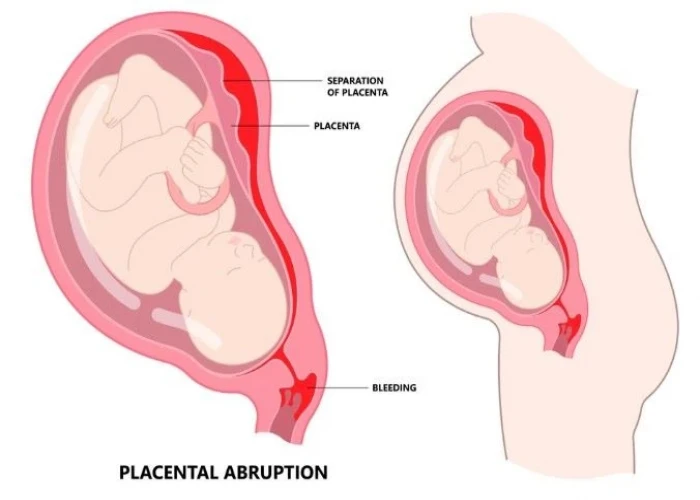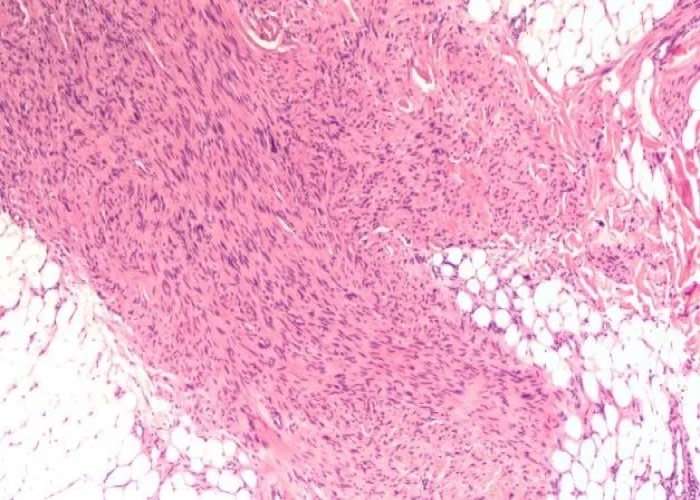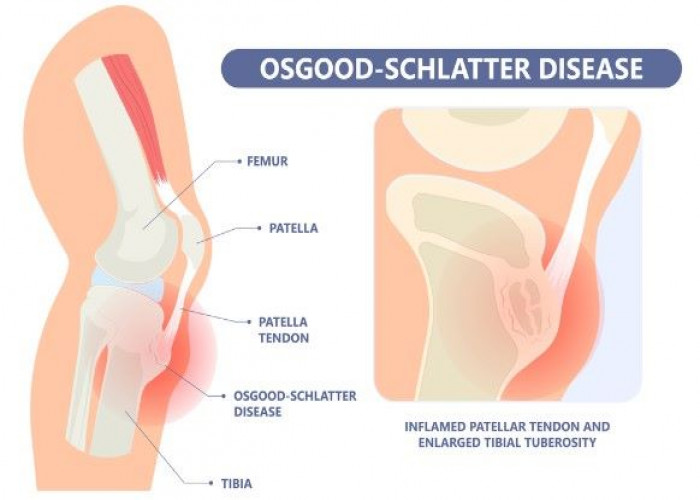 Welcome
Welcome
“May all be happy, may all be healed, may all be at peace and may no one ever suffer."
Growth plate fractures

Growth plate fractures, also known as epiphyseal plate fractures, are injuries that occur in the long bones of growing children and adolescents. The growth plate is an area of developing tissue near the ends of bones that helps regulate and facilitate bone growth.
Fractures to the growth plate can occur in any bone that is actively growing, but they are most common in the bones of the fingers, hands, and wrists, as well as the bones of the legs.
The symptoms of a growth plate fracture may include pain, swelling, and difficulty using the affected limb. In some cases, the limb may appear deformed or shorter than the unaffected limb. A healthcare professional can diagnose a growth plate fracture through physical examination and imaging tests, such as X-rays.
The treatment of a growth plate fracture will depend on the severity and location of the injury, as well as the child's age and stage of growth. Treatment may involve immobilization of the affected limb with a cast or splint to allow the fracture to heal, or surgery to stabilize the bone fragments.
Complications from growth plate fractures can occur, including deformities or uneven growth of the affected bone, so it is important to monitor the healing progress of the injury and consult with a healthcare professional if there are any concerns or issues during the healing process.
Research Papers
Disease Signs and Symptoms
- Bone pain
- Swollen near bone
- Joint pain
- Swollen joint
Disease Causes
Growth plate fractures
Growth plate fractures often are caused by a fall or a blow to the limb, as might occur in:
A car accident
Competitive sports, such as football, basketball, running, dancing or gymnastics
Recreational activities, such as biking, sledding, skiing or skateboarding
Growth plate fractures can occasionally be caused by overuse, which can occur during sports training or repetitive throwing.
Disease Prevents
Disease Treatments
Treatment for growth plate fractures depends on the severity of the fracture. The least serious fractures usually require only a cast or a splint. If the fracture crosses the growth plate or goes into the joint and is not well-aligned, surgery may be necessary. Growth plates that are surgically realigned may have a better chance of recovering and growing again than do growth plates that are left in a poor position.
At the time of injury, it's difficult to tell if a growth plate has permanent damage. Your doctor may recommend checking X-rays for several years after the fracture to make sure the growth plate is growing appropriately. Depending on the location and severity of the fracture, your child may need follow-up visits until his or her bones have finished growing.
Disease Diagnoses
Disease Allopathic Generics
Disease Ayurvedic Generics
Disease Homeopathic Generics
Disease yoga
Growth plate fractures and Learn More about Diseases

Wrist pain

Histoplasmosis

Bronchiectasis

Urethral stricture

Placental abruption

Fetal macrosomia

Malignant peripheral nerve sheath tumors

Brachial plexus injury
growth plate fractures, গ্রোথ প্লেট ভাঙা, গ্রোথ প্লেট ফ্র্যাকচার
To be happy, beautiful, healthy, wealthy, hale and long-lived stay with DM3S.
